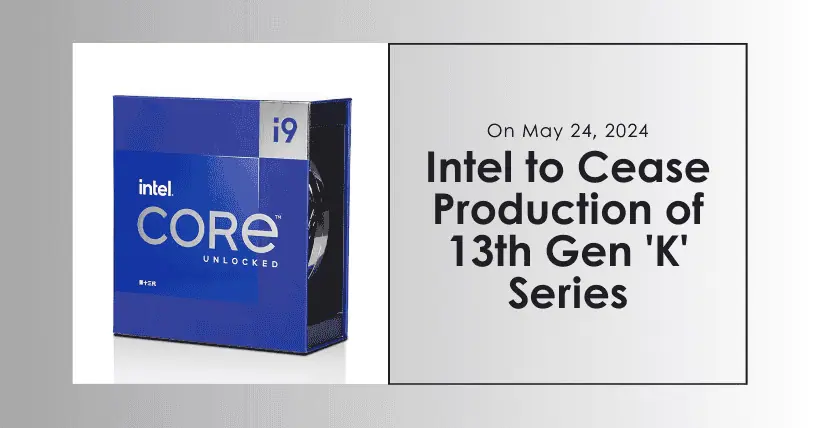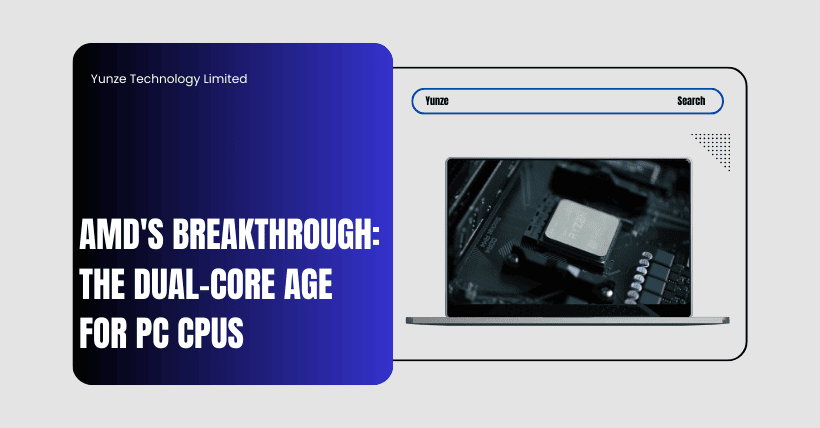In recent days, a new processor from AMD has had its benchmark scores leaked. The leaked processor is a low-voltage mobile processor. In theory, benchmark leaks of such non-flagship processors are unlikely to garner much attention, especially a Ryzen 3 (a low-end model in AMD’s Ryzen product line).
However, the Ryzen 3 7440U is an exception because it’s AMD’s first processor to use a big.LITTLE core design, and it’s also the first time benchmark scores of this architecture have been exposed. AMD’s initial big.LITTLE processors are only released for mobile platforms, with only two processors, the Ryzen 3 7440U and Ryzen 5 7540U.
Even so, this provides us with a glimpse into AMD’s big.LITTLE architecture and its capabilities. It raises the question of whether AMD can once again compete with Intel on the PC processor battleground, reaching for the pinnacle.
01
AMD has also adopted a big.LITTLE Architecture
Two years ago, at a crucial point in the market battle between AMD and Intel, despite Intel’s increased marketing efforts, their 11th-gen Core processors’ sales remained slightly lower than AMD’s, thanks to the reputation built up in previous years. The outcome of this showdown largely depends on whether Intel’s new product line in the second half of the year can surpass AMD’s.
In 2021, AMD primarily focused on completing its Ryzen 5000 series with products like the Ryzen 5000G series and mobile versions of the Ryzen 5000 series, with minimal updates for desktop platforms. On the other hand, Intel swiftly introduced its 12th-gen Core processors with a brand-new big.LITTLE core design in the latter half of the year, after bolstering its 11th-gen Core lineup early in the year.
Although the initial big.LITTLE design faced some challenges due to its immature structure, it still slightly lagged behind AMD’s 5800X3D and other processors in areas like system scheduling and gaming experience. However, its outstanding multi-core performance and impressive power efficiency made the 12th-gen Core processors highly popular products.
Subsequent 13th-gen Core processors further improved the scheduling and performance optimization of the big.LITTLE architecture. Meanwhile, AMD’s Ryzen 7000 series processors, except for the X3D version, witnessed a sharp decline in sales for other models, leading to a continuous drop in market share.
For AMD, it’s now time for a fresh start. Continuing along the old path is unlikely to put them on par with Intel again. The big.LITTLE architecture, as a more efficient design, is naturally AMD’s choice. Barring any unforeseen circumstances, the Ryzen 7000 series should be the last generation of desktop processors with all big cores. Next year, the Ryzen 8000 series will likely fully transition to the big.LITTLE architecture.
02
The Performance of AMD’s big.LITTLE Architecture
From the benchmark scores that have been exposed so far, AMD’s big.LITTLE architecture appears to deliver impressive performance. According to database information, the Ryzen 3 7440U is manufactured using TSMC’s 4nm process and features two Zen4 cores and two Zen4c cores, creating a four-core, eight-thread design. It has a 4MB L2 cache, an 8MB L3 cache, a maximum frequency of 4.9GHz, and integrates four RDNA3 GPU units with a maximum GPU core frequency of 2.5GHz. The TDP (thermal design power) ranges from 15-30W.
Based on these specifications alone, the Ryzen 3 7440U’s performance is impressive and can be considered among the top-tier entry-level mobile processors. In GeekBench 6 tests, it achieves a single-core performance score of 2323 and a multi-core performance score of 6571.
Looking at single-core performance, it stands out in the mobile sector, surpassing even comparable Intel desktop processors like the i3-13100F, which scores only 2278. Among mobile processors of the same category, it is virtually unmatched.
As for multi-core performance, while the Ryzen 3 7440U’s multi-core performance may not shine as brightly as its single-core performance, it still performs well. It lags behind desktop processors like the i3-12300 and i3-13100F but maintains a significant lead of nearly 20% over the i3-1315U’s 5284 multi-core score. This places it in a leading position among low-voltage processors of the same category.
However, Intel’s 14th-gen Core processors are on the horizon, with their mobile versions likely to debut early next year. This sets the stage for fierce competition, and the ultimate victor may only be determined through testing.
03
Heterogeneous or Homogeneous, Which One is Better?
However, some attentive individuals may have noticed that even though the Ryzen 3 7440U claims to use a big.LITTLE design, it is still a single-core, dual-thread processor. According to Intel’s big.LITTLE architecture, should be a quad-core, hex-thread design. So why is it a quad-core, octa-thread processor? Doesn’t this resemble traditional multi-core, multi-thread processors?
This is where AMD and Intel differ. Zen4c is essentially the same structure as Zen4 but employs a different performance scheduling scheme and frequency curve to strike a new balance between power consumption and performance. This design is generally referred to as a homogenous big.LITTLE scheme. In contrast, Intel’s approach is heterogeneous big.LITTLE. While both are on the big.LITTLE path, their directions are quite different.
Homogeneous and heterogeneous, despite their different directions, share the same goal: to enhance processor performance and efficiency, enabling more flexible task allocation and invocation by the system. However, homogeneous and heterogeneous architectures do excel in different areas.
Let’s begin with heterogeneous architecture. Intel’s big.LITTLE design demonstrates a more pronounced power consumption advantage and can provide excellent power efficiency and heat dissipation, especially in low-usage scenarios. This makes it well-suited for mobile devices and small PCs.
What about homogeneous big.LITTLE architecture? In comparison to heterogeneous designs, the power consumption advantage of homogeneous designs is smaller. However, compared to traditional all-big-core designs, it still offers significant advantages, along with more threads. Relatively, in high-load large tasks, the overall performance of homogeneous big.LITTLE architecture is superior.
In everyday use, the performance of both architectures may appear quite similar. However, under heavy-load tasks, AMD’s advantages may become more apparent. Nevertheless, according to past test results, even though efficiency cores have weaker performance compared to performance cores, Intel’s single-core performance has consistently led AMD. Coupled with Windows system-specific scheduling optimizations, even with weaker performance cores, efficiency cores have high engagement, somewhat compensating for their weaker performance. So, who will ultimately prevail remains uncertain.
04
Words in the end
In my opinion, given that AMD’s desktop is big.LITTLE processors have not been released yet, so it’s challenging to judge who is superior between Intel and AMD in terms of direction. However, it is certain that, with AMD’s pursuit, Intel should accelerate again, speeding up the pace of processor upgrades. For consumers, regardless of the ultimate winner between AMD and Intel, it is beneficial and harmless.


Recommended:
- SoC Alternatives: Chip Design and Integration Explained
- Intel Faces Competition: Nvidia’s CPU Revolution
- Exploring Apple M2’s Distinctive Role in the PC Industry
- Is 13th Gen Core Worth the Upgrade? A Comprehensive Guide
- Intel Core Ultra: Fueling AI Revolution in PC Technology
- Global Chiplet Market Skyrockets: 3352% Surge Expected!
- Intel 300 Series Review: Top Dual-Core Performance!
- Ryzen 9 7950X3D engineering sample: 192MB L3 cache



